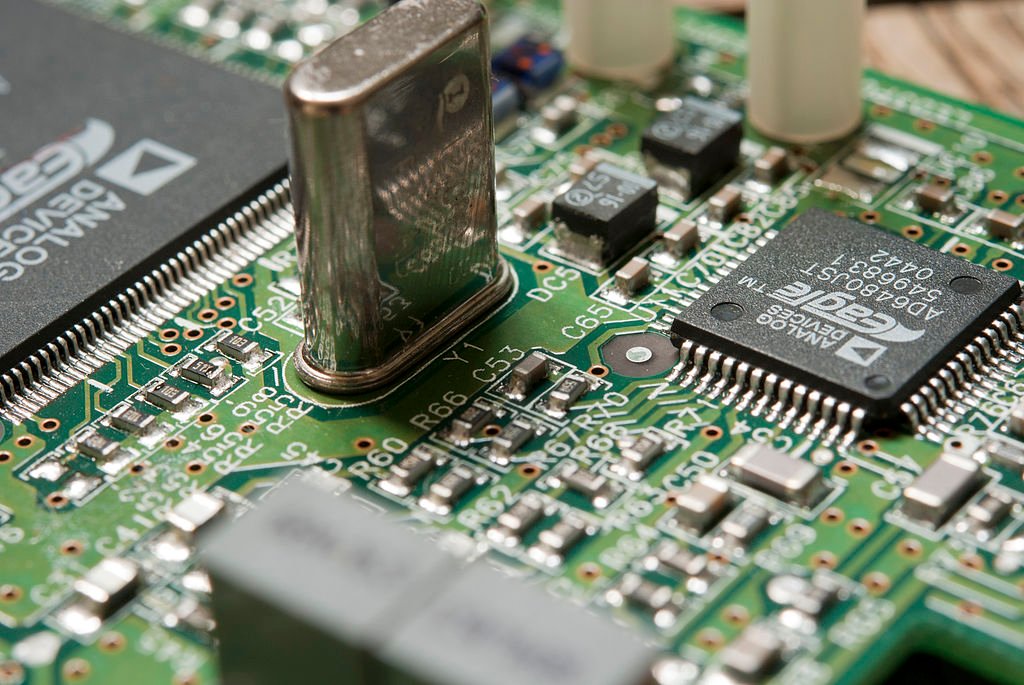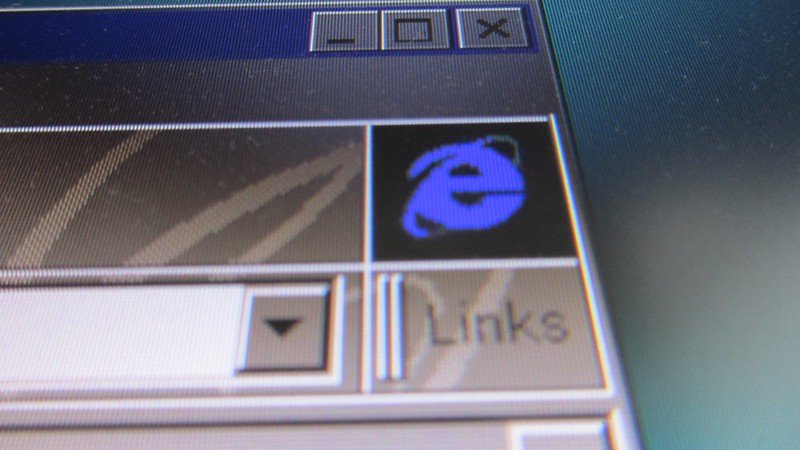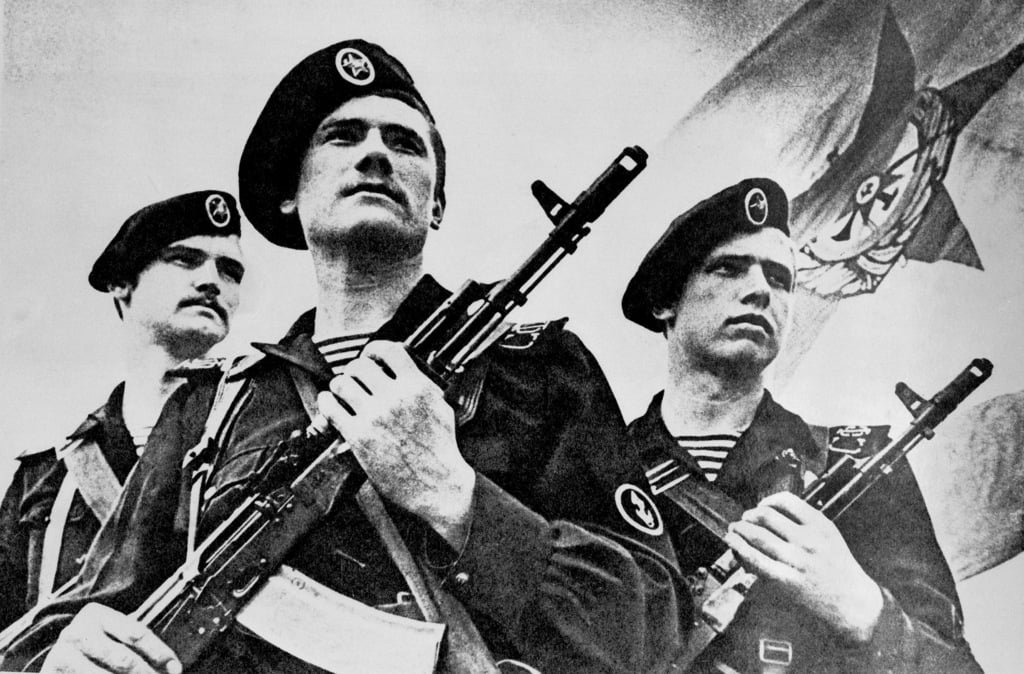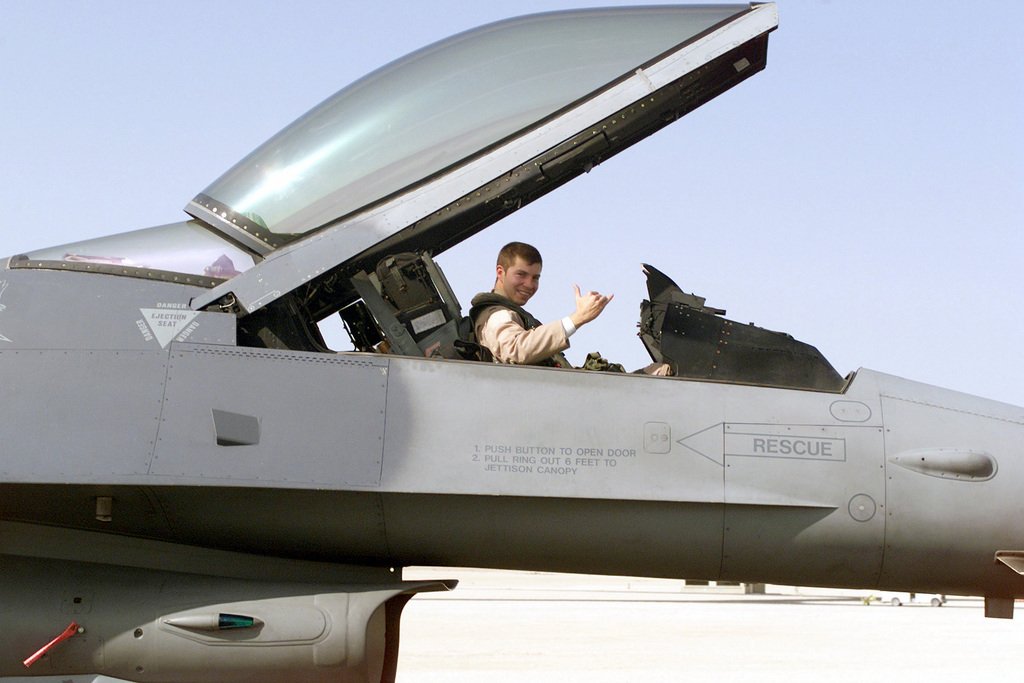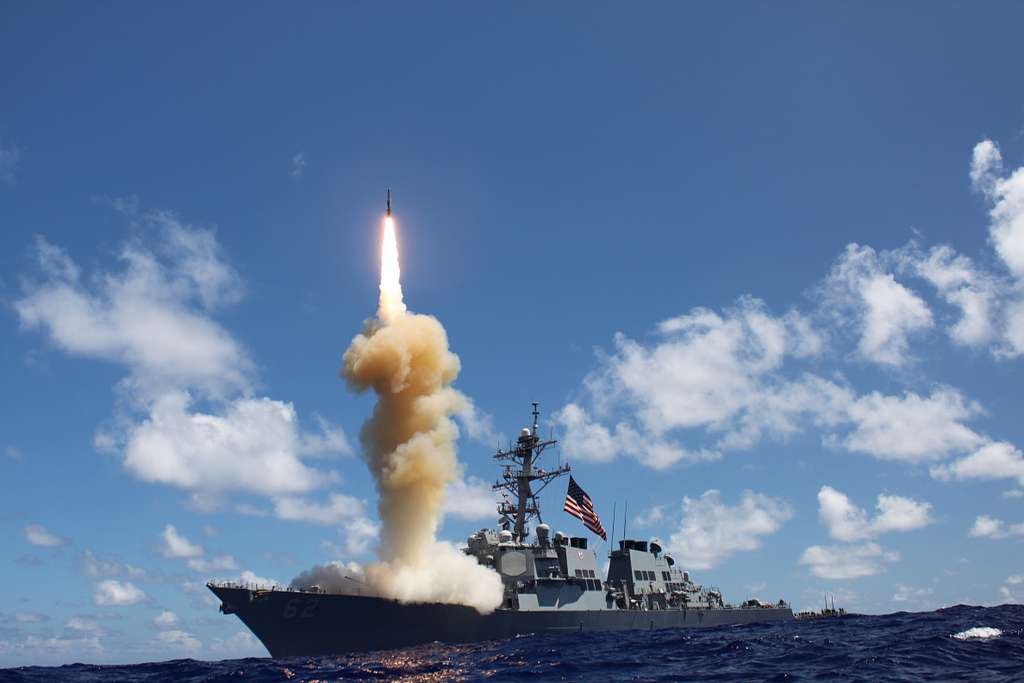The Cold War, a historical epoch that extended over nearly five decades, stands as a testament to the intense geopolitical tension that defined an era. This period was marked by the ideological conflict between the United States and the Soviet Union, characterized by espionage, proxy wars, and, perhaps most menacingly, the relentless pursuit of increasingly deadly weapons. In this comprehensive guide, we embark on a journey to unearth the deepest secrets of the Cold War era, meticulously examining eight of the most formidable weapons ever conceived. These technological marvels, born out of suspicion, political rivalry, and the unwavering pursuit of military supremacy, reshaped the landscape of warfare and global security.
Table of Contents
How many weapon classes were there in the Cold War?
During the Cold War, several weapon classes played crucial roles in the military strategies of the United States and the Soviet Union, as well as their respective allies and client states. These weapon classes can be broadly categorized into the following categories:

Nuclear Weapons
This category includes intercontinental ballistic missiles (ICBMs), hydrogen bombs, and other nuclear devices. They were the most prominent and feared weapons of the Cold War, leading to the concept of Mutually Assured Destruction (MAD).
Conventional Weapons
This category encompasses a wide range of non-nuclear military hardware, such as tanks, artillery, aircraft, and small arms. These weapons formed the backbone of conventional military forces.
Naval Weapons
Naval forces were equipped with various classes of ships, submarines, and naval aircraft armed with torpedoes, missiles, and naval guns.
Biological and Chemical Weapons
While less commonly used, these weapons were a source of concern during the Cold War, leading to international efforts to ban their use and production.
Espionage and Intelligence
Information warfare, espionage, and intelligence-gathering were critical components of Cold War strategies, with both superpowers investing heavily in spy networks and surveillance technology.
Special Weapons
This category includes unconventional and covert weapons, such as spy gadgets, assassination tools, and secret weapons programs.
These weapon classes were integral to the complex and dynamic nature of the Cold War, where military strategies encompassed both deterrence and proxy conflicts. Each class of weapons had its own strategic importance and contributed to the overall balance of power during this era of geopolitical tension.
What was the fastest shooting weapon in the Cold War?
During the Cold War, one of the quickest shooting weapons was the Soviet Union’s RPK light machine gun, which was based on the AK-47 platform. The RPK was designed for sustained automatic fire and had a cyclic rate of around 600 to 700 rounds per minute. This made it one of the fastest-shooting weapons in the infantry arsenal of the era.
Another notable firearm with a high rate of fire was the American M60 machine gun, which had a cyclic rate of around 550 to 650 rounds per minute. While slower than the RPK, it was still capable of laying down a significant volume of fire.
It’s important to note that the rate of fire for a weapon can vary depending on factors like the model, modifications, and ammunition used. In the context of the Cold War, the rate of fire was just one factor considered when assessing the effectiveness of a weapon; reliability, accuracy, and overall performance were also crucial considerations.
What is the strongest sniper in the Cold War?

During the Cold War, one of the strongest and most iconic sniper rifles was the Soviet SVD Dragunov. The SVD, which stands for “Snayperskaya Vintovka Dragunova” or “Dragunov Sniper Rifle” in English, was designed by Yevgeny Dragunov and adopted by the Soviet military in 1963.
The SVD was chambered in the 7.62x54mmR cartridge and featured semi-automatic firing, which allowed for a faster rate of fire compared to bolt-action sniper rifles. It had an effective range of around 800 meters and was known for its accuracy and reliability. The SVD Dragunov became the standard issue sniper rifle for Soviet and Warsaw Pact forces during the Cold War and saw extensive use in various conflicts and proxy wars.
While there were other sniper rifles used during the Cold War, such as the American M21 and the British L42A1, the SVD Dragunov is often considered one of the most influential and widely recognized sniper rifles of the era.
What was the first nuclear weapon in the Cold War?
The first nuclear weapon developed during the Cold War was not a new invention but rather an extension of the atomic weapons developed during World War II. The United States was the first to build and test a nuclear weapon during the Cold War era. The first test of a nuclear device after World War II took place on January 27, 1951, and it was codenamed “Operation Ranger.” This test was part of the U.S. effort to develop more advanced nuclear weapons, including thermonuclear or hydrogen bombs.
The Soviet Union conducted its first nuclear test on August 29, 1949, under the codename “RDS-1” (or “Joe-1” in the West). This marked the beginning of the nuclear arms race between the United States and the Soviet Union, a defining feature of the Cold War. The development and proliferation of nuclear weapons were key factors in shaping the geopolitical dynamics of the Cold War era.

1. The Hydrogen Bomb – Unleashing the Apocalypse
The Cold War’s relentless arms race reached its harrowing zenith with the development of the hydrogen bomb. This chapter delves deep into the annals of history to explore the birth of this catastrophic weapon. It takes us through the unimaginable power that the hydrogen bomb wields and the bone-chilling implications of its mere existence. As we traverse this chapter, we come to understand the terror and awe inspired by this instrument of destruction.
2. Intercontinental Ballistic Missiles (ICBMs) – The Terrors of Global Reach
Intercontinental Ballistic Missiles, or ICBMs, were the game-changers of modern warfare, enabling nations to deliver nuclear payloads across vast continents within a matter of minutes. In this chapter, we delve deep into the tumultuous arms race that marked their inception, shedding light on the intricate political maneuvering surrounding the notorious “missile gap.” Furthermore, we explore the profound strategic implications of these formidable weapons, which held the world in their icy grip.
3. The AK-47 – A Weapon of Mass Influence
The AK-47, celebrated for its exceptional reliability and ubiquitous use, emerged as an iconic symbol of the Cold War era. In this chapter, we trace the origins of this legendary assault rifle, unraveling the intricate design principles that granted it unparalleled durability. As we delve into its global impact on conflicts and insurgencies, we also grapple with the complex and enduring legacy of this remarkable weapon.
4. Chemical Weapons – Silent Killers of the Cold War
Chemical weapons, sinister and malevolent, found a gruesome place within the arsenals of the Cold War. This chapter unfurls the dark history of these lethal agents, exposing their horrifying use in conflicts and the international efforts aimed at prohibiting their production and stockpiling. It sheds light on the insidious nature of these weapons, often overshadowed by the specter of nuclear war.
5. Biological Weapons – The Threat from Within
Biological weapons, cloaked in secrecy, posed a covert and insidious threat throughout the Cold War. This chapter immerses us in the shadowy world of biological warfare, revealing the clandestine development, testing, and covert programs centered around deadly pathogens. As we confront the inherent dangers they pose, we begin to comprehend the deeply unsettling nature of this hidden menace.
6. Nuclear Submarines – The Stealthy Guardians of Destruction
Nuclear-powered submarines emerged as indispensable assets in the Cold War’s maritime theater. This chapter takes us beneath the waves, exposing the advanced technology that propelled these undersea giants. We unravel their pivotal role in deterrence, navigating through the high-stakes games played beneath the ocean’s surface, where these silent guardians held sway.
7. Spy Planes – Eyes in the Skies and Beyond
Spy planes, the unsung heroes of Cold War espionage, furnished invaluable intelligence to both superpowers. This chapter propels us into the skies, revealing the technological marvels behind these high-flying reconnaissance aircraft. Yet, it also highlights the immense risks faced by their daring crews as they ventured into the hostile realms of enemy airspace.
8. The Dead Hand – The Ultimate Doomsday Device
In a world teetering on the brink of nuclear catastrophe, the Dead Hand stood as a nightmarish failsafe system. This chapter delves into the chilling reality of this doomsday device, exposing its eerie capabilities and the eerie role it played in averting the accidental onset of Armageddon. The Dead Hand serves as a haunting reminder of the fragility of global peace during the Cold War.
The Legacy of Cold War Weapons
“The Legacy of Cold War Weapons” encompasses the lasting influence of the formidable arsenal developed during the Cold War. These Cold War weapons, renowned for their destructive power and cutting-edge technology, continue to exert a significant impact on global security and geopolitics. The legacy of the Cold, war weapons is conspicuous in contemporary international relations, disarmament initiatives, and defense policies.
Role of Cold War Weapons in Modern Security
The stockpiles of nuclear and conventional Cold War weapons persistently shape contemporary defense strategies and international diplomatic dynamics. Nations carefully evaluate their military capabilities and deterrence strategies in light of this historical legacy.
Contributions to Arms Control and Disarmament
Cold War weapons have catalyzed international agreements and negotiations aimed at disarmament, striving to curtail the proliferation of these potent and potentially devastating arms.
Technological Advancements Spurred by Cold War Weapons
The pioneering research and development efforts during the Cold War era laid the groundwork for numerous technological breakthroughs, many of which find applications in both civilian and military domains today.
Ethical and Moral Implications
The ethical and moral questions surrounding Cold War weapons continue to influence contemporary debates concerning defense, security, and peacekeeping efforts, prompting critical reflections on their enduring impact.
The heritage of Cold War weapons, serves as a poignant reminder of the ongoing imperative for diplomacy, disarmament, and vigilant peacekeeping efforts in a world that still grapples with the enduring reverberations of these influential remnants from history.
The Cold War era bore witness to the creation of some of the most formidable and deadly weapons in human history. These inventions, born out of geopolitical tensions and technological rivalries, cast a long shadow on global security. The legacy of these deadly instruments continues to influence modern defense strategies, disarmament efforts, and international relations. As we reflect on the chilling advancements of the Cold War, it serves as a sobering reminder of humanity’s capacity for destruction. The imperative for diplomacy, disarmament, and peacekeeping efforts remains as vital as ever in a world still haunted by the specter of these lethal creations.



